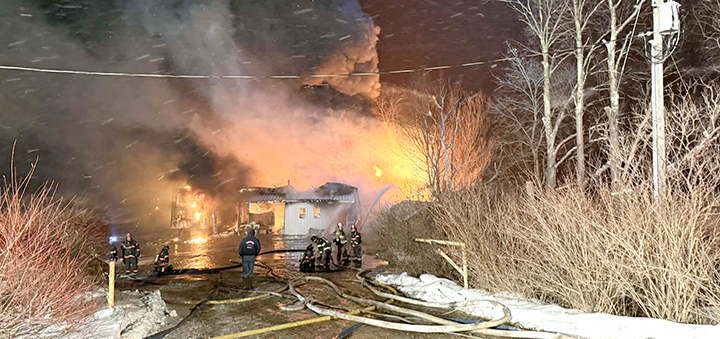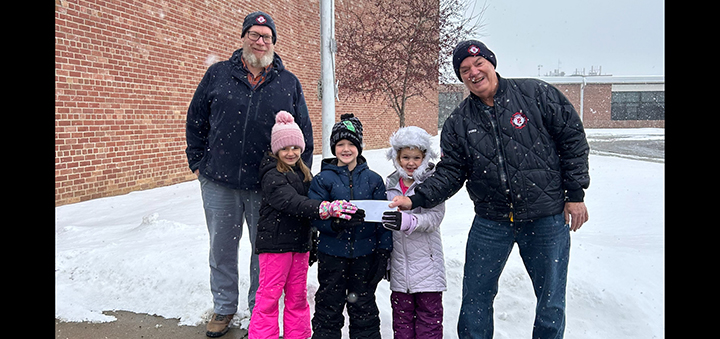How wildlife survives winter's deep freeze
As I write this, there are white-out conditions, winds howling and chill factor temperatures have plummeted well into the minus double-digit levels. Not exactly the type of winter day one would choose to spend outdoors pursuing any kind of recreational activity. However, a look out the window reveals birds and red squirrels flitting in and out of the bird feeder, seemingly unaffected by the brutal weather – which got me to thinking how nature has adequately equipped wildlife to survive such severe conditions.
Many species of the birds we see at our feeders – chickadees, finches, cardinals, bluejays, juncos, etc. – will make quick trips for seed and then retreat to sheltered areas such as nearby evergreens without losing much of their body heat, which is insulated by multiple layers of feathers that they "fluff" to create a thicker "coat" when it's extremely cold. Their featherless lower legs and feet, despite their flimsy appearance, adapt to the cold by reducing the blood flow to those areas by almost 90 percent, allowing just enough to keep them from being damaged by the cold but not sapping body heat. And the feet and legs of those ducks you see paddling on the ice-cold river or standing on shoreline ice react the same way. In addition to a thick layer of downy inner feathers, ducks' outer feathers are coated with oil from a gland near the tail, making them literally waterproof.







Comments